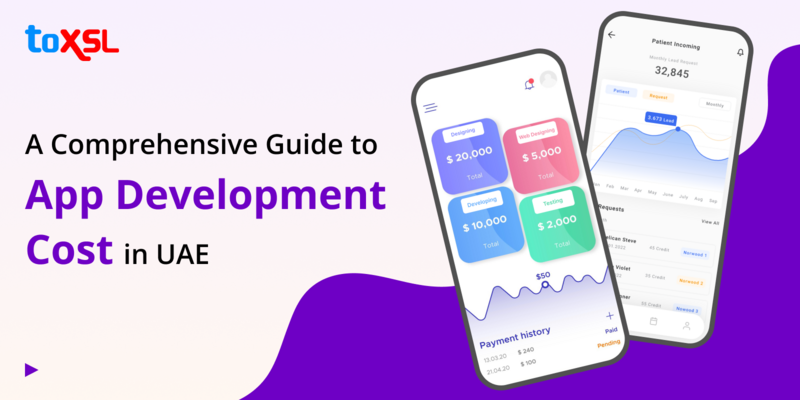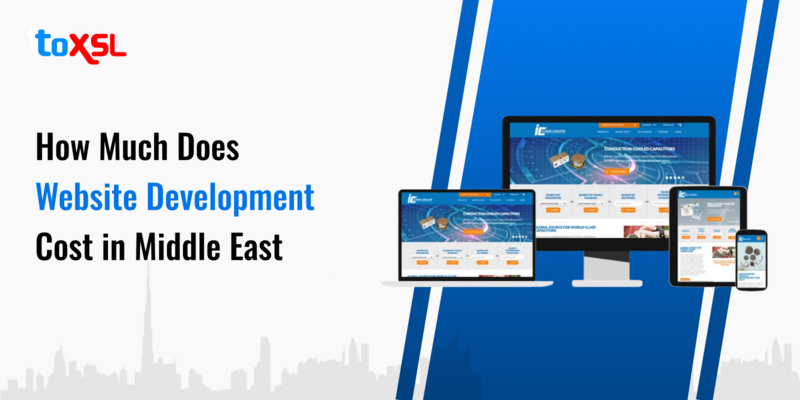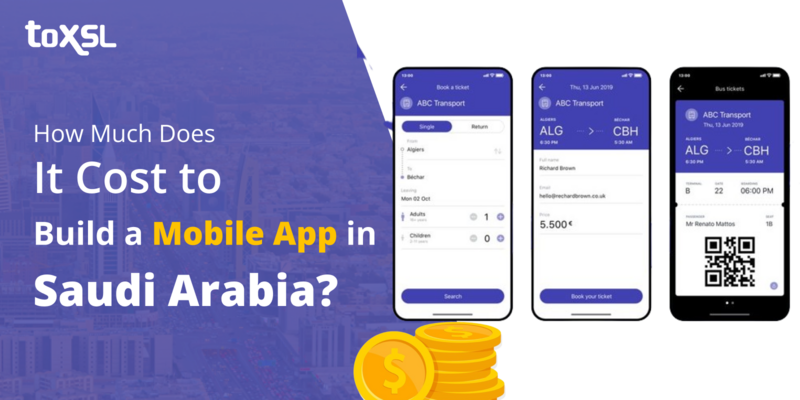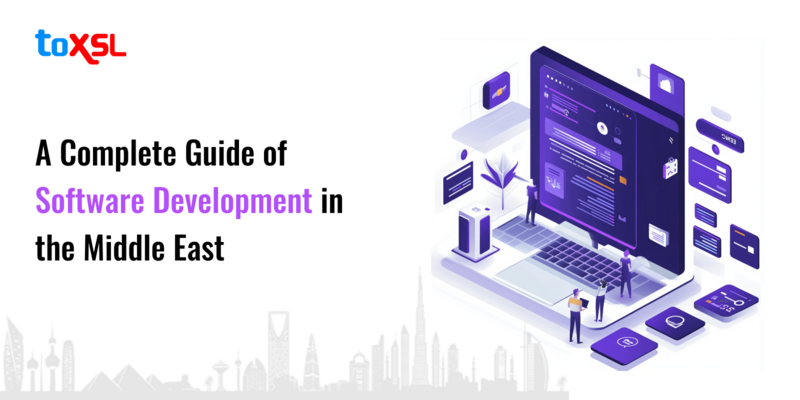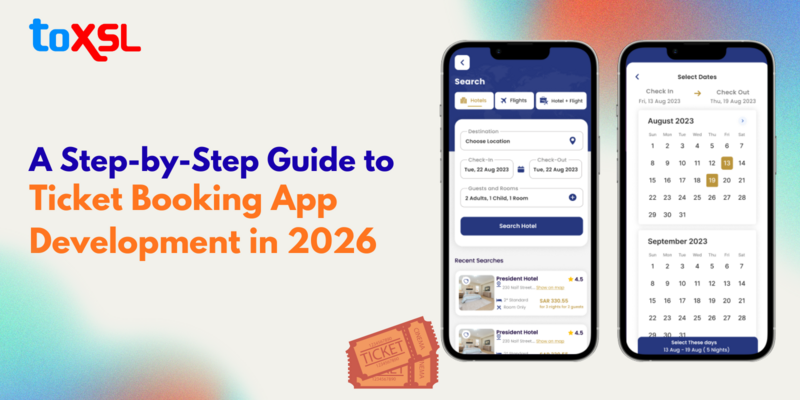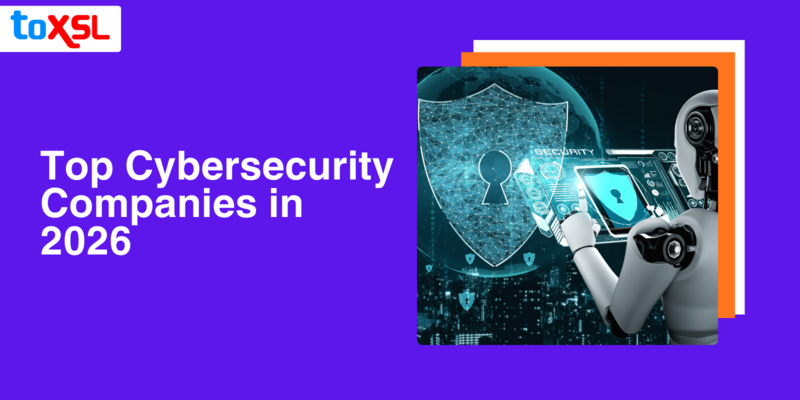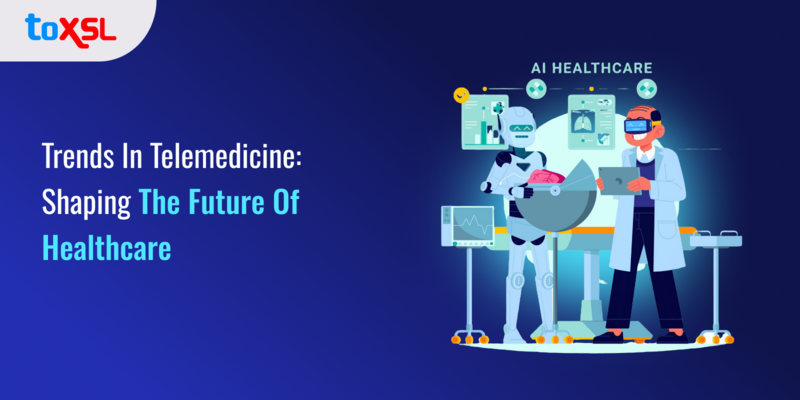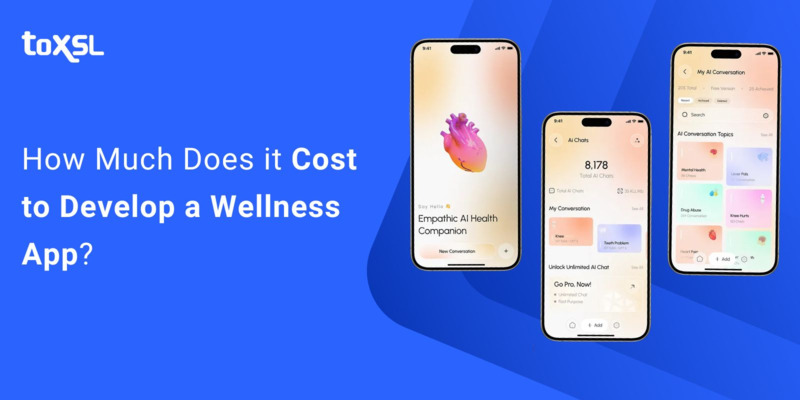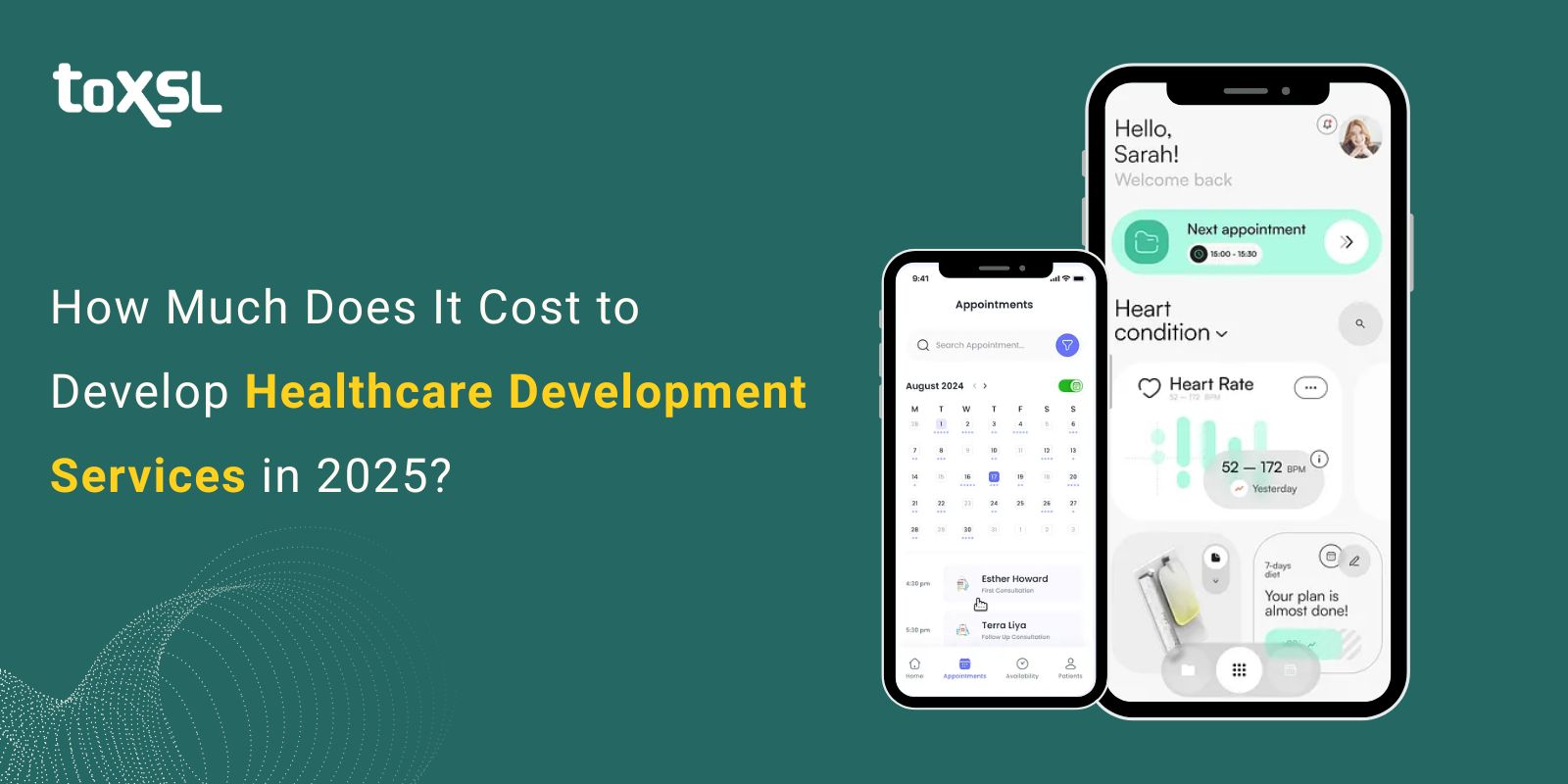
How much should healthcare organizations expect to invest in developing digital healthcare solutions? What factors influence these costs so widely? And what are the tangible benefits that justify this investment? As technology reshapes the healthcare industry, answering these questions becomes vital for healthcare providers, startups, insurers, and medical institutions aiming to leverage innovation for better care delivery and operational efficiency.
Key Takeaways
- Healthcare software development costs vary widely, ranging from approximately $30,000 for basic applications to over $700,000 for large-scale, custom systems.
- Strong regulatory compliance (HIPAA, GDPR) significantly influences the overall cost and complexity.
- Feature complexity, system integrations, and UI/UX design also drive development hours and expenses.
- Ongoing maintenance and support are essential and should be budgeted for sustained, secure operations.
- Partnering with experienced providers and leveraging agile processes optimizes cost-efficiency and software quality.
In this blog, we’ll take a deeper dive into the costs of healthcare development services in 2025, explore the critical elements influencing these expenses, spotlight the benefits of digital healthcare solutions, and provide practical budgeting guidance. The aim is to assist healthcare stakeholders in making informed decisions that balance investment with quality, compliance, and innovation.
Understanding Healthcare Development Costs: What Shapes the Price Tag?
In 2025, developing healthcare software or mobile applications involves a multitude of considerations that significantly influence costs, often making budgeting a complex task. Healthcare development isn't just software development, it’s a tightly regulated, domain-specific process requiring adherence to stringent laws, user-centric design, and integration with often complicated medical ecosystems.
General Cost Ranges:
Simple healthcare apps (e.g., appointment scheduling, medication reminders): $30,000 – $70,000
Mid-level apps (e.g., wellness apps, patient portals): $70,000 – $100,000
Complex apps with telemedicine features (video calls, e-prescriptions): $100,000 – $150,000+
Large-scale hospital management systems (HMS), custom EHR solutions: $150,000+
These costs reflect both frontend (user interface) and backend (data handling, servers, integrations) development, along with testing, deployment, and post-launch maintenance.
Key Influencing Factors:
Regulatory Compliance and Security:
Healthcare data is highly sensitive. Compliance with regulations such as HIPAA in the US, GDPR in Europe, and other local mandates requires encrypted data storage, secure user authentication, audit logging, and ongoing compliance auditing.
Complex Features and Functionalities:
Incorporating advanced features like AI-assisted diagnostics, wearable device integration, real-time telemedicine capabilities, chatbots, automated billing, and custom reporting increases development timelines and specialized resource needs.
Integration with Existing Systems:
Healthcare IT ecosystems often include legacy systems, diverse EHR platforms, lab and pharmacy systems, insurance databases, and medical devices.
User Interface (UI) and Experience (UX) Design:
Designing user-friendly software for varied users involves extensive research, prototyping, usability testing, and accessibility compliance.
Post-launch Support:
Healthcare software requires ongoing updates to address security vulnerabilities, software bugs, regulatory changes, and feature enhancements.
Benefits of Healthcare Development Services: Why Invest?
Investing in healthcare software development is about more than just technology deployment — it catalyzes transformation in patient care, operational workflows, and business sustainability. Below are the major benefits healthcare organizations can leverage.
1. Enhanced Patient Experience and Engagement:
Mobile health apps and patient portals empower users to access records, book appointments, monitor chronic conditions, and communicate directly with providers 24/7. Telemedicine eliminates geographical barriers, ensuring timely consultations and personalized care, which significantly improves patient satisfaction.
2. Operational Efficiency and Cost Reduction:
Hospital Management Systems automate scheduling, inventory, billing, electronic documentation, and compliance reporting, reducing paperwork, manual errors, and administrative overhead. This improves staff productivity and cuts operational costs.
3. Improved Clinical Outcomes Through Data:
Integrating analytics and Artificial Intelligence enables predictive insights, early disease detection, personalized treatment plans, and outcome monitoring. Data-driven decision-making enhances clinical accuracy and accelerates response times.
4. Regulatory Compliance and Data Security:
Custom solutions built with compliance embedded reduce risks of data breaches, lawsuits, and fines. Ensuring HIPAA, GDPR, or other regulatory adherence protects both patients and providers from reputational and financial damage.
5. Scalability and Innovation:
Healthcare development allows institutions to scale services dynamically, adding new modules or integrating emerging technologies like IoT medical devices, blockchain for data integrity, and AI-powered diagnostics to stay competitive.
Practical Considerations: How Healthcare Organizations Should Budget
Healthcare software investments are high-stakes decisions. To maximize ROI and avoid costly setbacks, consider these practical guidelines:
Comprehensive Requirement Analysis: Invest time upfront in defining user profiles, workflows, integration needs, and compliance obligations. Clear documentation prevents scope creep and technical surprises later.
Phased Development and MVP Approach: Adopt agile methodologies where initial Minimum Viable Products (MVPs) validate core features with user feedback. Subsequent iterations expand functionality and incorporate enhancements, spreading costs over time.
Technology Stack Selection: Choose scalable, maintainable technologies and frameworks such as React Native for cross-platform apps or FHIR standards for health data interoperability to reduce development time and future-proof the solution.
Partnering with Experienced Vendors: Collaborate with healthcare software developers having a proven compliance track record and domain expertise. Their familiarity will improve quality, reduce risk, and optimize timelines.
Budget for Maintenance: Include ongoing support costs post-launch to deal with regulatory updates, cyber threats, and evolving user needs.
Conclusion
At ToXSL Technologies, we recognize that the development of healthcare digital solutions involves navigating a complex landscape of technology, compliance, and user experience. We understand that budgets fluctuate based on project size, regulatory requirements, and innovation goals. Our approach emphasizes transparency, quality, and security without overextending financial resources.
By leveraging modern agile methodologies, cross-platform technologies, and industry best practices, ToXSL ensures cost-efficient, compliant, and scalable healthcare software solutions that improve patient care, enhance operational workflows, and empower healthcare providers for the future. We partner closely with clients to tailor solutions aligned with precise needs and budgets, facilitating a seamless journey from concept to deployment and beyond.
If you’re seeking a trusted partner for healthcare app or software development, ToXSL Technologies is dedicated to delivering value-driven solutions that support your organization’s mission and growth. Contact us to learn more.
Frequently Asked Questions (FAQs)
1. What is the typical cost range for developing a telemedicine app?
Typical development costs range from $150,000 to over $300,000, depending on real-time video integration, secure messaging, e-prescriptions, and compliance complexity.
2. How do healthcare regulations impact software development costs?
Regulations necessitate robust security controls, encrypted data storage, audit trails, and documentation, increasing development complexity and cost by approximately 20-40%.
3. Can offshore development reduce costs for healthcare projects?
Offshore teams can offer lower hourly rates but may pose challenges in time zone alignment, quality assurance, and regulatory expertise, potentially adding hidden costs if not managed carefully.
4. What ongoing expenses are involved after launching healthcare software?
Maintenance, security updates, compliance audits, user training, and troubleshooting support typically add up to $5,000-$50,000 annually, depending on the solution scale.
5. How can costs be controlled without compromising quality or compliance?
Applying phased development with MVPs, leveraging cross-platform frameworks, using existing libraries or SDKs, and working with experienced healthcare-specific development partners are effective cost control strategies.

